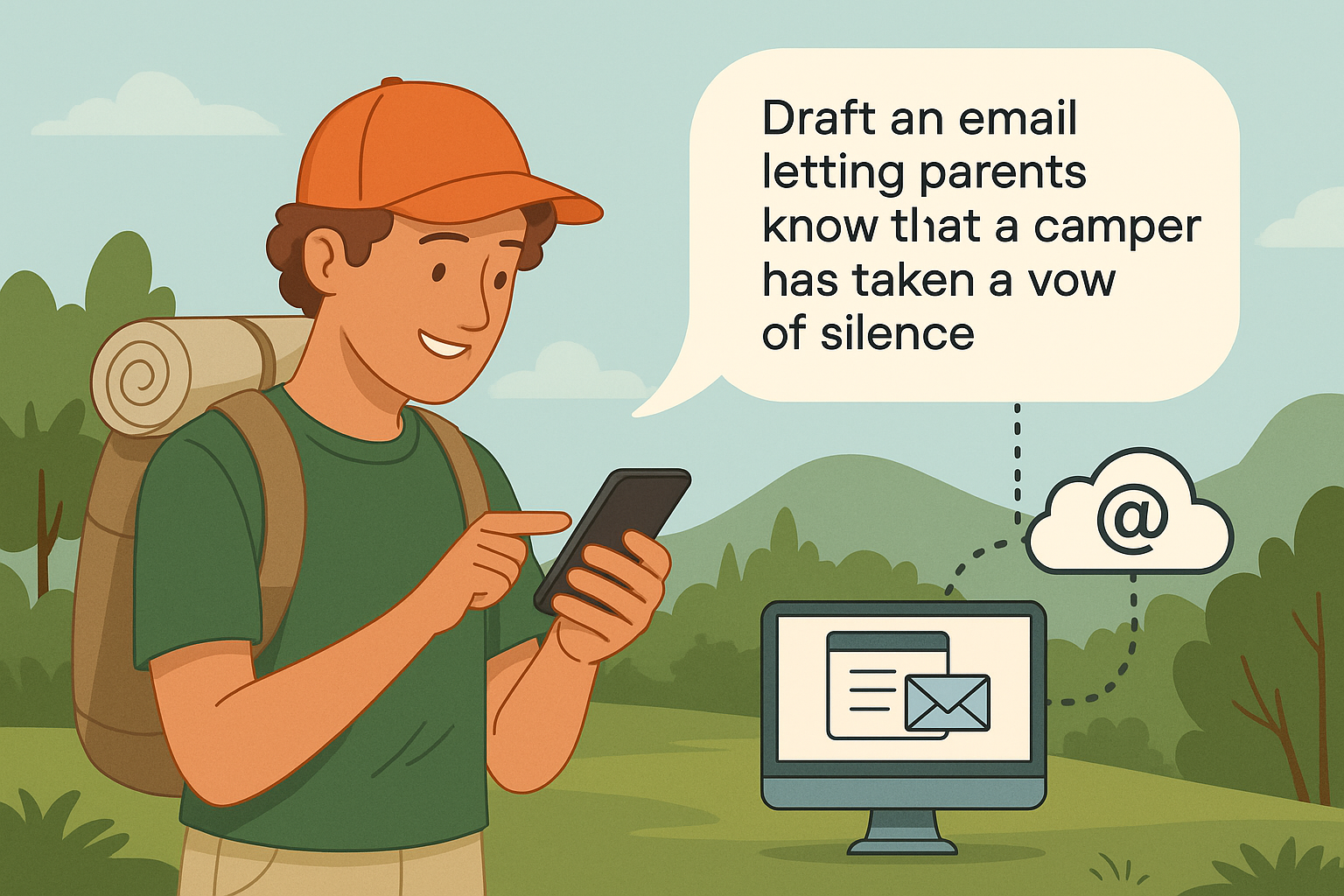
Earlier this year, I participated in the Hackathon at Salesforce’s TDX conference. I have a love/hate relationship with hackathons. They can either be an amazing opportunity to learn, but they are also exhausting, as you are essentially working non-stop for a couple of days.
The theme of this particular hackathon was centered around the newly released Agent Builder, a tool designed to let developers create intelligent agents that combine AI with your own company’s data and automation.
I decided to work solo on this challenge because I wanted to force myself to learn the ins and outs of Agent Builder from scratch. Over the course of just two days, I built an integrated prototype that connects Agentforce, Apex, Marketing Cloud Engagement, and Slack into a single workflow.
You can watch a quick demo of the final prototype below before diving into the build details.
Here’s what I put together:
-
An Apex Handler for Marketing Cloud Emails
I started by writing an Apex handler that makes an API call to Marketing Cloud Engagement to automatically create an HTML email. This allowed the agent to go beyond simple responses and actually generate content that could be sent to customers. -
Custom Objects for Contextual Data
To make the use case realistic, I built a small Salesforce data model to support a fictional youth summer camp organization. I created custom objects for Camps, Camp Sessions, and Camp Counselors, so that the AI could pull relevant context like program details, age groups, campers, their parents, and locations. -
An Agentforce Template for AI-Generated Emails
I then built an Agentforce Template that would use AI to draft email content based on business-specific data from those custom objects. This is where the “intelligence” comes in by giving the agent awareness of company-specific tone, offerings, and seasonal messaging. -
A Working Agent That Connects It All
Using Agent Builder, I created an agent that listens for email requests, interprets them, and calls the Apex handler that performs the Marketing Cloud API call. The result: an AI that can generate a complete, ready-to-send HTML email in seconds. -
Streamlined Marketing Cloud Integration
To simplify things (and save time), I leaned on the default header and footer in Marketing Cloud. That meant the API call only needed to build the email body. After all, I only had two days to put this all together. -
Slack Integration for Real-Time Use
Finally, I connected everything to Slack, so a camp counselor on the go could request an email from within a channel or direct message. The counselor could type something like:
“Draft an email letting parents know that a camper has taken a vow of silence”
…and the Agent would generate a well-written, context-aware email using the camp data from Salesforce and then push the content to Marketing Cloud so a brand-appropriate email could be sent.
⚡ Key Takeaways
This was one of the most technically rewarding projects I’ve worked on in a short timeframe. It demonstrated just how quickly Salesforce’s new Agentforce tools can bridge AI-driven experiences with existing marketing automation workflows. The entire solution — from Apex to Slack — came together in under 48 hours.
However, Agent Builder in Salesforce is not totally intuitive and there are a lot of moving parts. On the upside, though, it’s very easy to view the output and diagnose any errors with the prompts and actions.
🎥 Watch the video above to see a condensed demo of the build in action. This is the video I actually submitted. You’ll see how the agent interprets requests, uses business context, and sends API calls to build an email directly inside Marketing Cloud Engagement.


